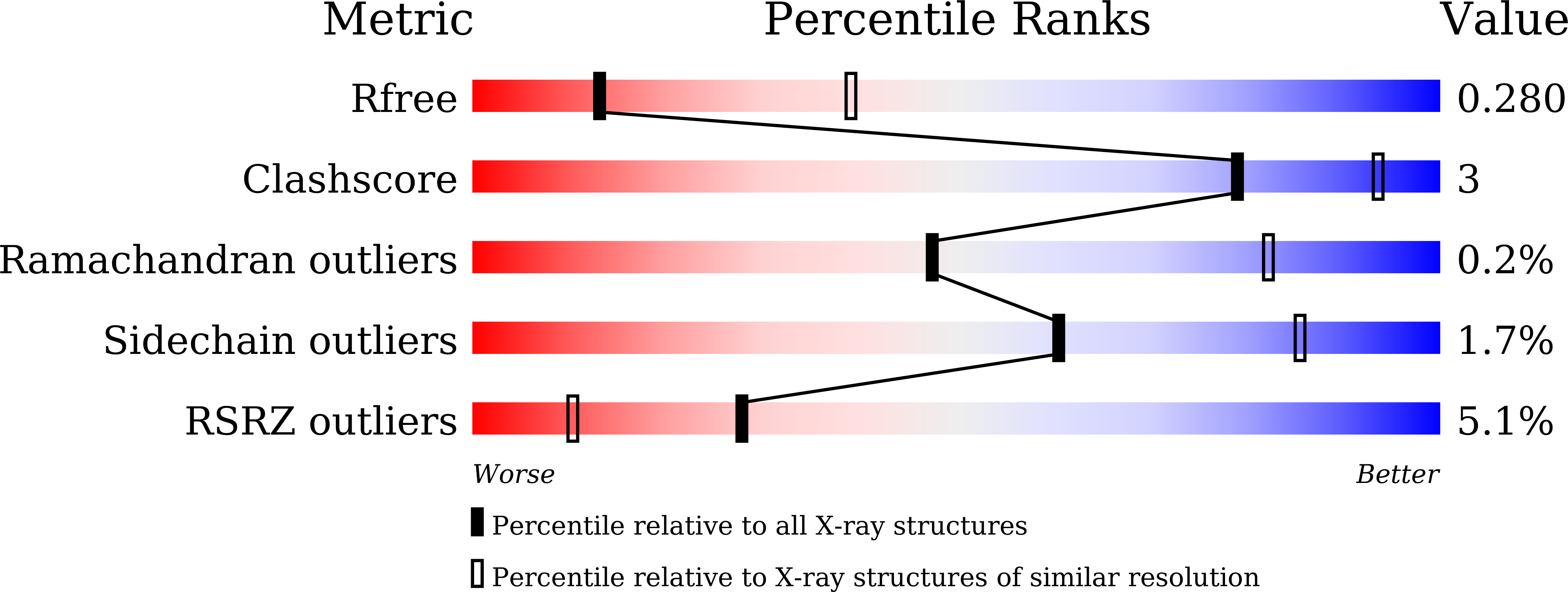
Deposition Date
2021-10-21
Release Date
2022-09-07
Last Version Date
2023-11-29
Entry Detail
PDB ID:
7VR5
Keywords:
Title:
Crystal structure of CmABCB1 W114Y/W161Y/W363Y/W364Y/M391W (4WY/M391W) mutant
Biological Source:
Source Organism:
Cyanidioschyzon merolae (strain 10D) (Taxon ID: 280699)
Host Organism:
Method Details:
Experimental Method:
Resolution:
3.00 Å
R-Value Free:
0.26
R-Value Work:
0.21
R-Value Observed:
0.21
Space Group:
H 3 2


